The T.bone TWS One Vocal Bruksanvisning
The T.bone
mikrofon
TWS One Vocal
Läs gratis den bruksanvisning för The T.bone TWS One Vocal (32 sidor) i kategorin mikrofon. Guiden har ansetts hjälpsam av 35 personer och har ett genomsnittsbetyg på 4.5 stjärnor baserat på 18 recensioner. Har du en fråga om The T.bone TWS One Vocal eller vill du ställa frågor till andra användare av produkten? Ställ en fråga
Sida 1/32

TWS One A Lapel,
TWS One A/B/C/D Vocal,
TWS One A/C/D Headset
UHF Wireless System
User Manual
Produktspecifikationer
| Varumärke: | The T.bone |
| Kategori: | mikrofon |
| Modell: | TWS One Vocal |
| Färg på produkten: | Zwart |
| Varumärkeskompatibilitet: | Sony |
| Kompatibilitet: | SRX-R510P\nSRX-R515P\nSRX-T615 |
| Typ produkt: | Tafel |
Behöver du hjälp?
Om du behöver hjälp med The T.bone TWS One Vocal ställ en fråga nedan och andra användare kommer att svara dig
mikrofon The T.bone Manualer
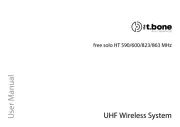
5 Augusti 2025
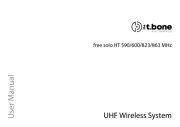
4 Augusti 2025
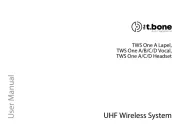
3 Augusti 2025

27 Juli 2025

13 September 2024

13 September 2024

12 September 2024

12 September 2024

12 September 2024

12 September 2024
mikrofon Manualer
- Manta
- Voice Technologies
- AVerMedia
- TeachLogic
- Atlas
- Sandberg
- Crestron
- Rolls
- Harley Benton
- QTX
- Hohem
- Rockville
- United
- Cougar
- Connect IT
Nyaste mikrofon Manualer
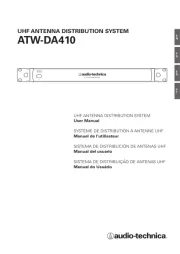
19 Oktober 2025
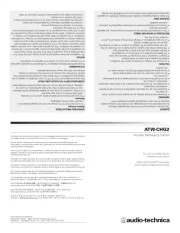
19 Oktober 2025
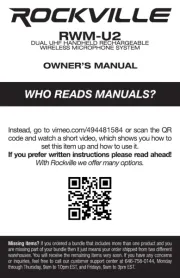
18 Oktober 2025
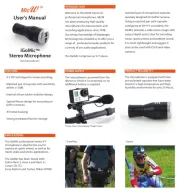
18 Oktober 2025
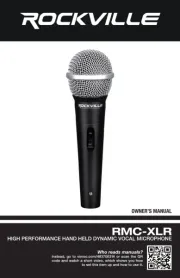
18 Oktober 2025

18 Oktober 2025

18 Oktober 2025
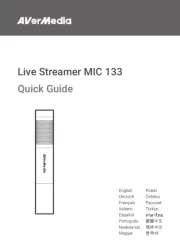
16 Oktober 2025
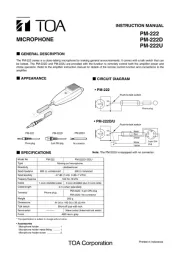
15 Oktober 2025
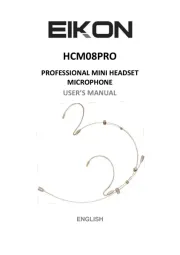
13 Oktober 2025